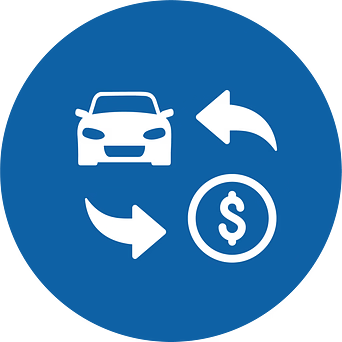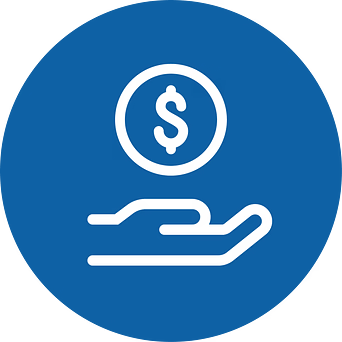Fixed-operations directors and service managers all over the country will admit that the high-stress challenges facing their service advisors are many and varied. They will also candidly share the fact that their dealership’s most important employees are those same service advisors.
After hiring and losing service advisors left and right over the years, many service managers have made definitive moves to enhance their advisors’ working environment in an effort to retain their most skilled and experienced ones, but still their turnover is surprisingly high.
Over the years, car dealerships have figured out different ways to keep their advisors happy and in the fold. These include things such as cutting back on their schedules and re-working their compensation plans to guarantee wages and rely less on commissions. Other service managers have installed programs in which they focus more on training while giving their advisors more independence and acknowledgment. The general idea is that if they can be more efficient and do a better job, they will earn more and stick around longer.
A report written by the National Automobile Dealers Association (NADA) reported that there was a 39% turnover rate for service advisors in 2015. 50% of all advisors will last only 26 months or less in their current job, their research revealed.
Based on another survey that is also conducted annually by NADA, it shows that a good service advisor can earn a solid income from $65,000-$80,000 (non-luxury brands) all the way up to $100,000-$120,000 and more for top producers (luxury brands).

But, even with these attractive salaries, backed with bonuses and commissions in many cases, service advisors still change jobs frequently. The annual turnover is a whopping 39%, with 42% staying more than three years at the same dealership with the average median advisor tenure at approximately 2.3 years. 17% of all service advisors are women, whose annual turnover is slightly higher than with the men (41% vs. 39%).
So, we can see from these statistics that good service advisors make decent money while great ones can get rich. But, to achieve these numbers, many of them have to work overtime, the NADA report says.
Your average service advisor works 45.6 hours every week, with 30% of all dealerships scheduling service advisors to work more than 50 hours weekly. At the same time, 28% of them work 40 hours or less weekly, which is evidently part of a movement where service departments are working their service advisors less in the hopes of not burning them out.
So, they work long hours and make good money, but there are a lot of jobs just like it and yet these occupations don’t suffer from the same turnover that service advisors do. So, why do they change all the time and how can you keep them on your team for the long run?

In the end, retaining top people is the same regardless of whether they’re mechanics, parts people, cashiers, managers and yes–service advisors. As the president of a quickly growing company (UpdatePromise), I have learned much about this topic and can site three main things that have allowed us to keep our people happy and engaged.
People want to play a significant role in their jobs and as soon as the relationship morphs into a boss-employee relationship, it can quickly deteriorate. That’s why you need to make sure that everyone who works for you knows that they are important and an integral part of your team. In many cases, this is bigger than compensation or any benefits that you can add to sweeten the deal.
A solid approach to any employee is empowerment through performance. If someone feels like they’re treading water instead of making progress, they will lose their passion for the job and start looking for the exits. Give your service advisors more responsibility as they prove themselves and they will become your most coveted employees. Leave them in a job that does not promise a future and they will be gone within 2-3 months or even sooner.
And finally–make the job fun for your service advisors and the rest of your team. Little things like a free lunch for the whole crew once in a while; outings to ball games, concerts and other events; fun sales games to get those competitive juices flowing. All of these things can work together to remind your people that good performance leads to benefits down the road as well as building camaraderie within your crew.
In a series of upcoming articles, we are going to analyze how top service departments retain their people by interviewing top service directors and service advisors all over the country to reveal their techniques and strategies for empowering and retaining service advisors.

 Harmony AI
Harmony AI Intelligent Appointments
Intelligent Appointments Tablet Vehicle Check-In
Tablet Vehicle Check-In Digital MPI
Digital MPI UpdatePromise App
UpdatePromise App AI-Driven Status Updates
AI-Driven Status Updates Dashboard Analytics
Dashboard Analytics AutoRepair-Review.com
AutoRepair-Review.com Full Merchant Services
Full Merchant Services Clover & Payment Devices
Clover & Payment Devices Sunbit
Sunbit SmartPath Service
SmartPath Service MONOGRAM Service
MONOGRAM Service Honda
Honda Acura
Acura Genesis
Genesis Audi
Audi Service Lounge Podcast
Service Lounge Podcast All Features
All Features

